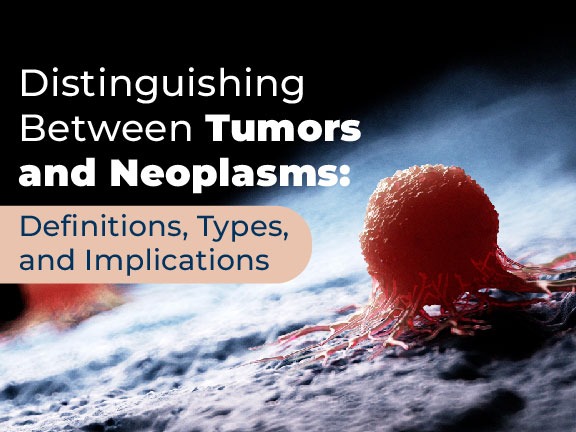The arrival of JAK inhibitors provided an important breakthrough in the management of myelofibrosis. But what’s next?
Critical advances in the treatment of myelofibrosis have improved patients’ lives, but there remains a significant unmet need in the management of this rare blood cancer. The arrival of the class of medicines known as Janus kinase (JAK) inhibitors proved to be an important breakthrough for people with myelofibrosis. These drugs—which include ruxolitinib (Jakafi), fedratinib (Inrebic), and pacritinib (Vonjo)—offer significant benefits, including reduction of spleen enlargement and improvement of symptoms. However, many patients can’t tolerate JAK inhibitors, while others fail to respond to or become resistant to these drugs. What’s more, no existing medication prevents patients from progressing to acute leukemia. (Stem cell transplantation can cure myelofibrosis, but it’s considered too risky for many patients.)
Fortunately, novel strategies for treating myelofibrosis have recently arrived and more may be on the way. They include:
– New JAK inhibitors: Pacritinib (approved in January 2022) and momelotinib (under review by the U.S. Food and Drug Administration) are JAK inhibitors that target additional pathways and are designed to address imbalances of blood cells that commonly occur in myelofibrosis.
– BET inhibitors: This new class of drugs has been shown to block proteins that promote formation of scar tissue in bone marrow in mice and reduce inflammation. One drug, pelabresib, is in advanced-stage clinical trials.
– BCL-2 inhibitors: A drug that blocks a protein called BCL-2, venetoclax (Venclexta), is approved for treating certain forms of leukemia. A new BCL-2 inhibitor, navitoclax, is currently in late-stage clinical trials for treating myelofibrosis in combination with ruxolitinib.
– MDM2‑targeted therapies: These drugs take aim at a gene mutation that appears to promote several cancers, including myelofibrosis. Several drugs that inhibit MDM2 are in early stages of development.
– Telomerase therapies: An enzyme called telomerase, which keeps cells alive by adding DNA to the ends of chromosomes, is overactive in 90 percent of cancers, which may promote uncontrolled cell growth. A drug called imetelstat that blocks this enzyme is being studied in a phase 2 trial involving myelofibrosis patients who can’t tolerate or who failed on a JAK inhibitor.
There are other new strategies for treating advanced myelofibrosis in clinical trials, including several supported by Massive Bio. In particular, Massive Bio is helping to identify clinical trials for myelofibrosis patients who are symptomatic and have enlarged spleen. Supported trials include two for patients who have never taken ruxolitinib, one for patients currently taking ruxolitinib, and one for patients who have failed on ruxolitinib. Patients interested in enrolling can call (844) 627-4672 for more information.












